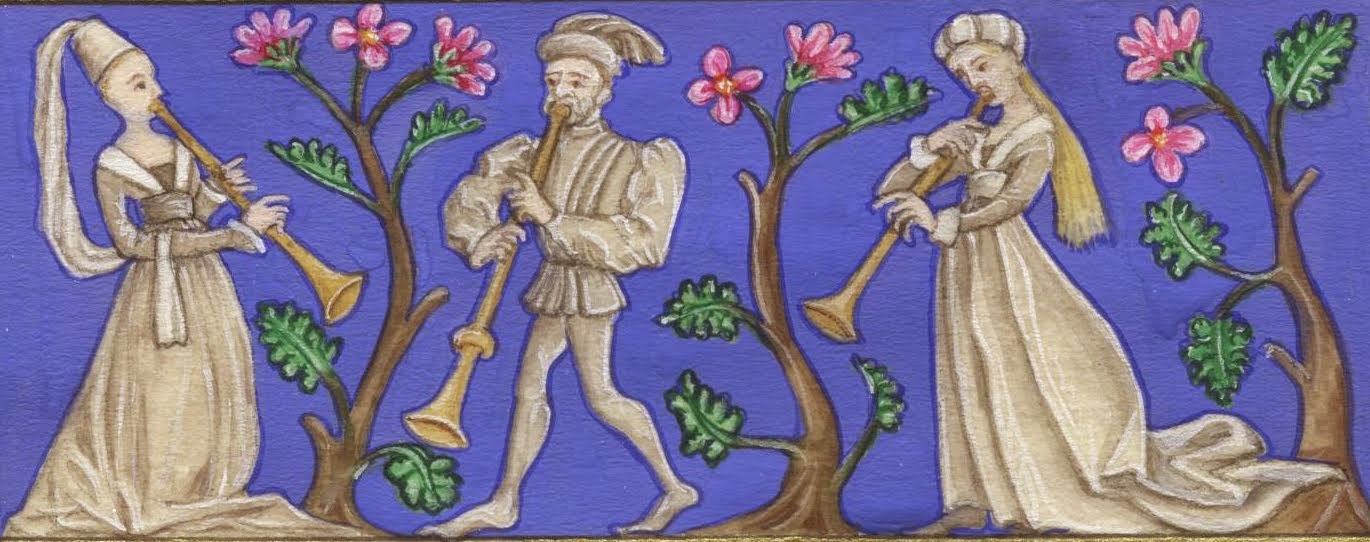One cultivates the beauties of music either for freedom of the spirit alone - and thus [the beauties of music] win praiseworthy masters and may be called gentlemanly and becoming - or for the sake of reward as the municipal minstrels exploit [the beauties of music] who are thus vulgar having cheap and lowly status... All ability exercised for gain is beggarly and of a maidservant's condition, because to practice it is to play the beggar. But the begging artist perverts precious arts, making a handmaid of the mistress and a slave of the freewoman.It does seem a bit unfair of Konrad to say that anyone practicing or playing music out of the necessity or hope of making some money is thereby debasing the art. Although it is a recognised trope, going back to Aristotle, to divide "cultured amateurs from vulgar professionals" in the arts (Page, p.196); and is still seen as somewhat suspect today to practice any art with the intention of making money from it ("selling out").
Chris Page, in discussing this passage, emphasises that Konrad is making a distinction between 'musicians' [musicus] who are servant-entertainers [servi delectabilibus] in the household, and 'minstrels' [ioculatores] who practice music as their profession (and expect to be paid for it). Page suggests the former are amateurs, in the sense that they principally held some other role in the household (e.g. herald, messenger, groom of the chamber) and only incidentally provided music, perhaps being rewarded with a gift for 'practicing their minstrelsy' on some occasion, but not paid a regular wage for providing music per se.
As usual with these things, it is probably not such a sharp divide, with some of those attached to the household employed specifically as musicians but sometimes carrying out other duties (taking messages seems to be particularly common) and others employed in non-entertainer roles but able to perform music (or entertain in other ways) when requested. Perhaps it is notable in this context that Konrad does not appear to use the term menestrellus.


